How to grow golden-vein single-medicine flowers well
Last Update :2024.05.08
Article Catalog
3. Problem diagnosis and treatment
It is a type of herbaceous plant. Plant height is between twenty-five and thirty centimeters. Its leaves are opposite, with a length of ten to twelve centimeters, and a relatively long oval shape. The apex is relatively pointed, the base is wedge-shaped, and the veins are light yellow. Its flowers are yellow, generally bloom from July to September, and can last for several weeks.
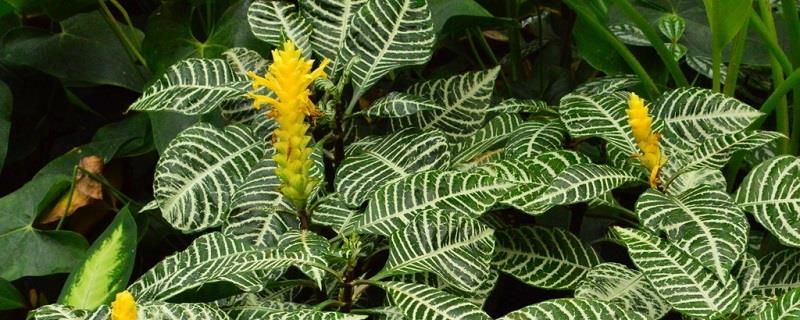
1. Maintenance methods
1. Maintenance methods
1. Temperature: The most suitable range for its growth is between 20 and 25. Because its cold resistance is not particularly good, some measures are needed to keep out the cold in winter. Generally speaking, a temperature of about 15 degrees is better, but the temperature in winter should not be too high. In addition, try not to be too stuffy in summer.
2. Light: Golden-veined flowers like light, but too strong light will cause its leaves to become scorched or yellow. Therefore, in hot summer, when the sunshine is very strong, try to put it in a cool place. In other seasons, try to maintain sufficient light exposure.
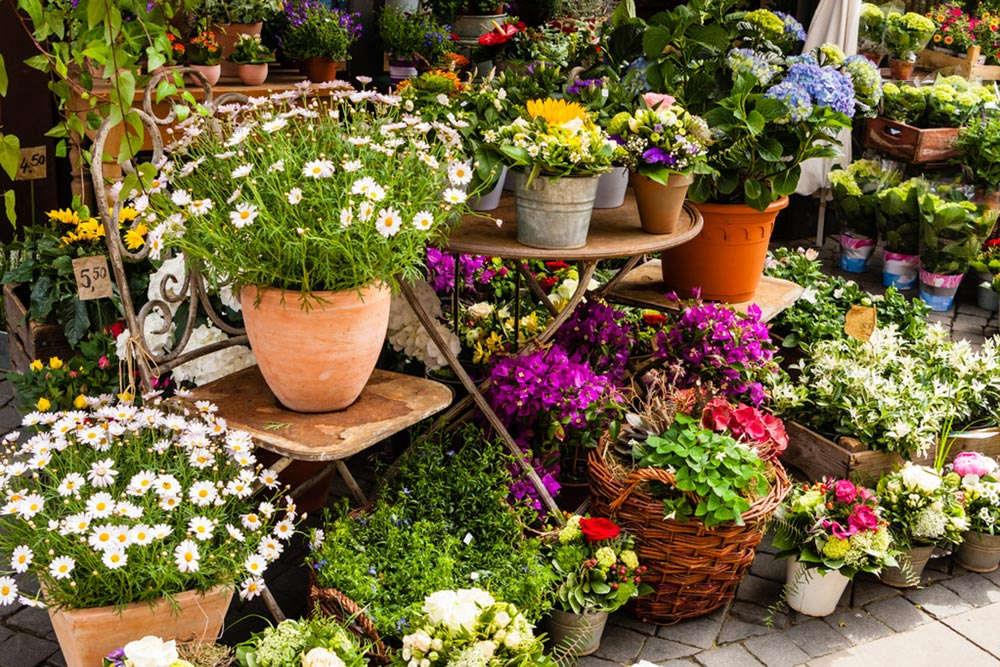
3. Watering: Golden Vein single flower likes moisture. , the requirements for moisture are still relatively high. Especially during fast growth and flowering, water supply cannot be insufficient. However, water cannot accumulate in any season, otherwise it will be harmful.
4. Fertilization: Golden vein single flower also has requirements for nutrients. In addition to the appropriate amount of nutrients in the soil, the frequency of top dressing can be about once every two weeks.
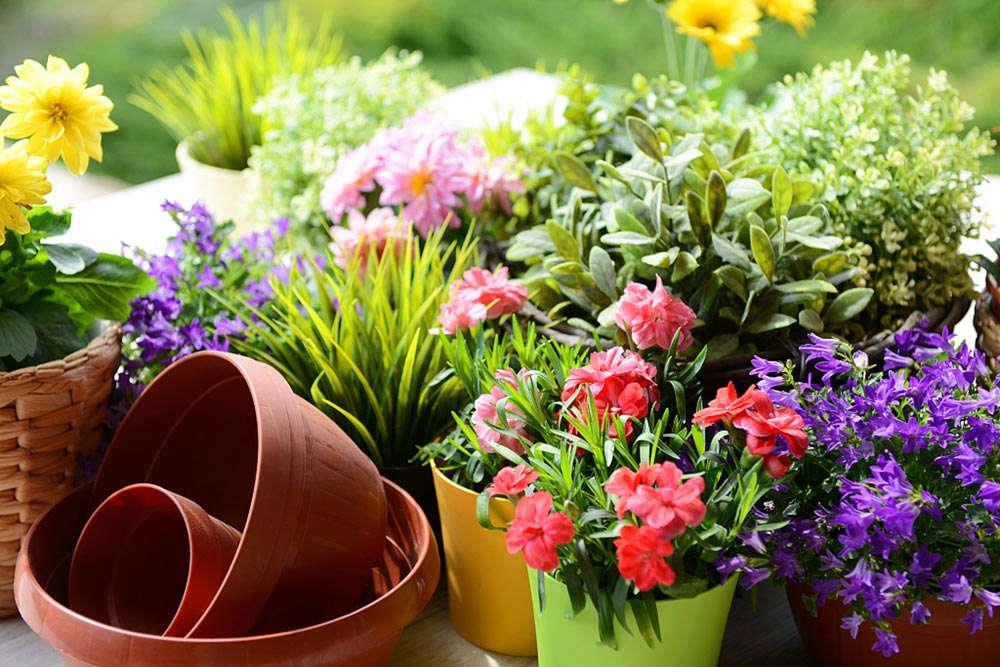
2. Breeding skills
1 , Propagation: Propagation by cuttings can be used. It is more appropriate to do it in May or June. The substrate can be garden soil and leaf mold soil, just mix them in equal amounts, or you can also add some river sand. After changing the pot, place it in a semi-shady place and keep it moist. The temperature should not be too high at this time.
2. Repot: try to repot once a year, and can be combined with breeding. The new soil selected can also be mixed with garden soil, leaf mold soil, river sand and other substances, and an appropriate amount of base fertilizer can be added. While changing the pot, you can also take the opportunity to trim the roots.
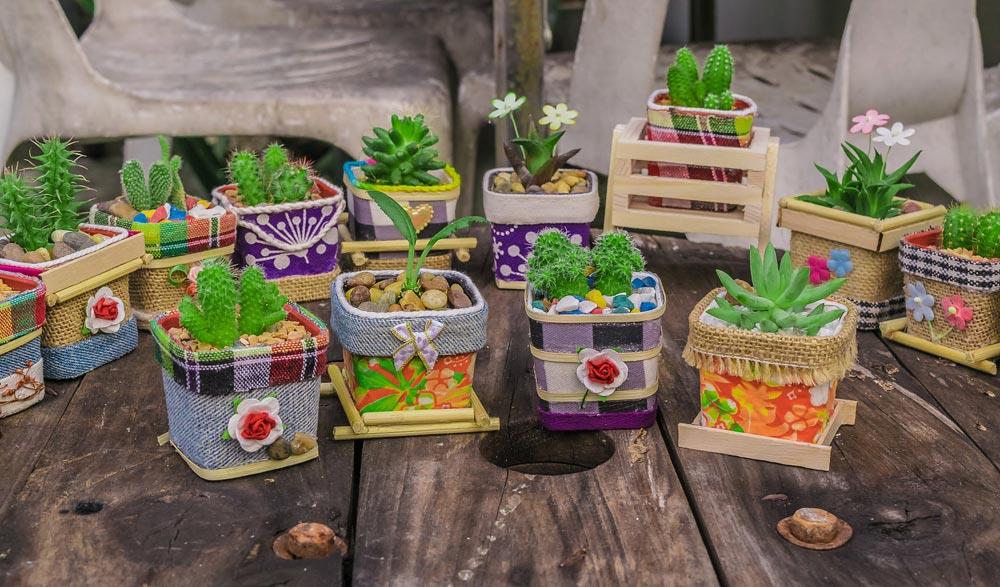
3. Problem diagnosis and treatment
1 2. Disease: Too much watering or too much rain leads to water accumulation, which can easily harm the root system. One disease that is prone to occur is "root rot". At this time, you must first control the water and do not continue to pour too much. Then you can use chemicals such as metalaxyl acetaminophen to prevent and control it.
2. Insect pests: "Scale insects" and "scale insects" are very common and can be prevented and treated with various targeted chemicals.
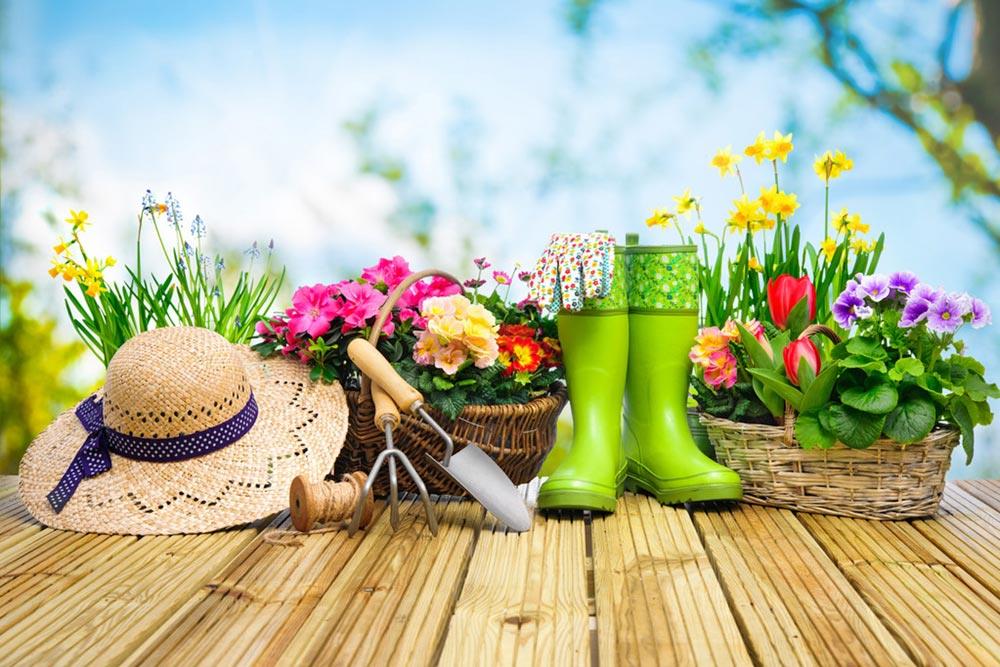
4. Other questions
1 , Toxicity: It is not toxic, and its ability to absorb harmful substances is still very strong.
2. Whether it can be grown at home: It is more suitable because it is an ornamental plant and has good purification ability.
2. Breeding skills
3. Problem diagnosis and treatment
4. Other issues
- END -
How long is the best time to ferment rice water for watering flowers? Will watering flowers produce

It usually takes at least a week to ferment rice water. If it is winter, it may ta...
How to grow fragrant snow orchid on the balcony, what should you pay attention to?

Fragrant snow orchid can be moved to the balcony for maintenance at home, which is...